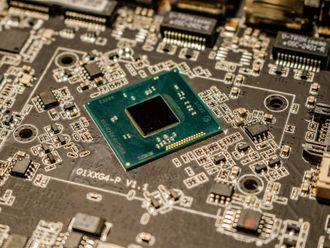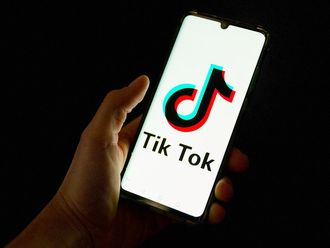Abu Dhabi: In the Middle East, North Africa and Asia Pacific (excluding the GCC region and China), two per cent of household income is spent on mobile phone usage, and 20 per cent on internet access, a senior executive of a communication provider told Gulf News yesterday.
In comparison, households in developed countries like the US spend a mere one per cent of their income on mobile phone and internet expenses, said Tauseef Riaz, Group Vice President Strategy and Planning of wi-tribe, based in Bahrain.
Riaz made a presentation on ‘Bridging the Digital Divide' at Telecom CEO Summite at the fourth Middle Eastern Communications Exhibition and Conference (Mecom 2010).
He spoke to Gulf News on the sidelines of the conference.
The high cost of mobile phone and internet in the region indicates a significant digital divide and investors in the GCC find a definite potential for growth, said Riaz whose company hopes to bridge the gap in mobile phone and internet availability and usage.
The divide exists because of the insufficient infrastructure for internet access and lack of affordability.
As a result of this gap, of the 2.5 billion people who inhabit a region extending from Mauritania to the Philippines, only about 50 per cent have mobile phones, and far fewer have access to the internet.
Even fewer are able to use broadband or wireless networks.
He explained the statistics he provided were not applicable to China as his company does not have business interests there.
"Today, the price of technology and infrastructure is decreasing. We believe that by providing affordable internet and mobile phone technology to markets in our region of interest, we can bridge the existing digital divide," Riaz said.
He explained that wireless or broadband technology was the most cost-effective solution in bridging the gap in internet penetration.
- 2.5b: Population of North Africa, Middle East and Asia Pacific (excluding GCC and China)
- 300m: Internet penetration in the region
- 20m: Broadband penetration in the region












